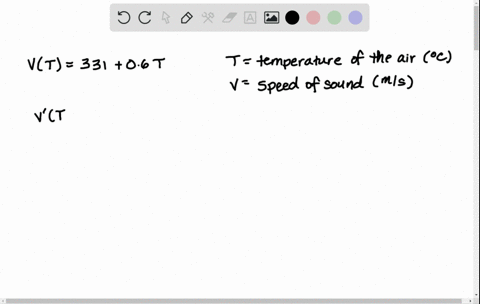

SPEED OF SOUND FEET PER SECOND PORTABLE
It may be noted that broadband pulse generation is usually effective and used with portable equipment.

The piezoelectric property of the transducer is affected by the natural frequency of the element, and must be considered to obtain maximum sound amplitude. Frequency decreases as the thickness of the element is increased. The frequency is related to the thickness of the transducer element. One or more of these will respond with highest amplitude. The resulting frequency is not a single frequency but a relatively narrow band of frequencies. The transducer element when exited resonates at its natural frequency. The most common frequency for weld inspection is 2.25 MHz. The frequency of ultrasound used for testing is usually between 1 and 6 MHz. The effect of temperature on sound velocity is normally not very significant in most metals but must be considered when calculating angles in plastics if they are used as a wedge for shear wave research units. Specific velocities are tabulated in handbooks and are used for calculations to determine the angle transformations. The sound velocity of a shear wave in a given material is usually one half of a longitudinal and about 1.1 times that of a surface wave. Since sound velocities are relatively high, most values are given in meters or feet per second. The sound velocity through a given material is the distance that the sound energy will propagate in that material in a given time, and it is a function of material density, acoustic impedance and temperature. Ramesh Singh, in Applied Welding Engineering, 2012 Understanding the Variables Associated with Ultrasonic Testing The piezoelectric property of the transducer is affected by the natural frequency of the element and must be considered to obtain maximum sound amplitude. Frequency is decreased as the thickness of the element is increased.

Of these, one or more will be respond with the highest amplitude. The transducer element when exiting resonates at its natural frequency. Most common frequency for weld inspection is 2.25 MHz. The effect of temperature on sound velocity is normally not very significant in most metals but must be considered when calculating angles in plastics if they are used as a wedge for shear wave search units. The sound velocity of a shear wave in a given material is usually one-half of a longitudinal wave and about 1.1 times that of a surface wave. The sound velocity through a given material is the distance that sound energy will propagate in that material in a given time and is a function of material density, material's acoustic impedance, and its temperature.īecause sound velocities are relatively high, most expressions are in meters or feet per second. Understanding the variables associated with ultrasonic testing The amplitude of the sound is also higher at its centerline, and it gradually dies down on the outer edges. These calculations use simple centerline of the beam as input the actual application, however, is more complex as the sound beam has width and divergence. This angle of the medium is called First Critical Angle.Īs the incident angle is further increased, the shear angle e also increases until it becomes 90 degrees, and at this point the entire shear wave in the second medium is transformed into the surface wave. This longitudinal angle d also increases until it reaches 90 degrees, and at that point, no more longitudinal waves enter the second medium. We note that, as the incident angle is increased from normal, this results in only the longitudinal wave. Sin a shear / sin c long = Shear velocity in medium - 2 / Longitudinal velocity in medium - 2.


 0 kommentar(er)
0 kommentar(er)
